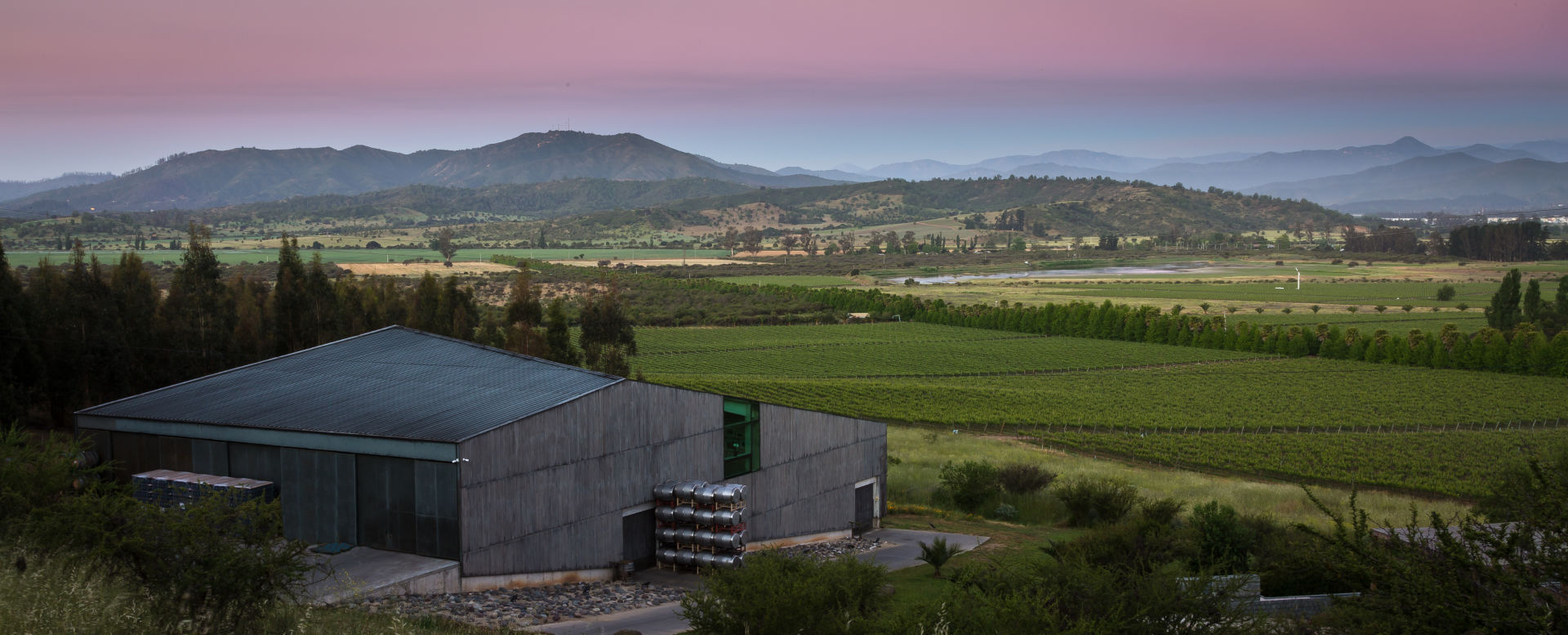The best of the old and new world winemaking
Merlot
Our newest wine is our. We have produced two vintages, 2017 and 2018. For longtime followers of our family’s wines, this might come as a surprise. But for those of us at the vineyard, it was only a matter of time. In 1999 we bought vines from a local nursery and planted our first Merlot. After a couple of years we were surprised to find that the Merlot vines weren’t actually Merlot, but also Cabernet Franc and Zinfandel intermixed throughout the rows! It took us five years to gradually remove the uninvited lurkers and finally have a block of 100% Merlot.
Fast forward to 2017. Walking through each row of the block I found four rows under an imposing native Quillay tree. It was, without a doubt, the place to source our first four barrels of Merlot.



